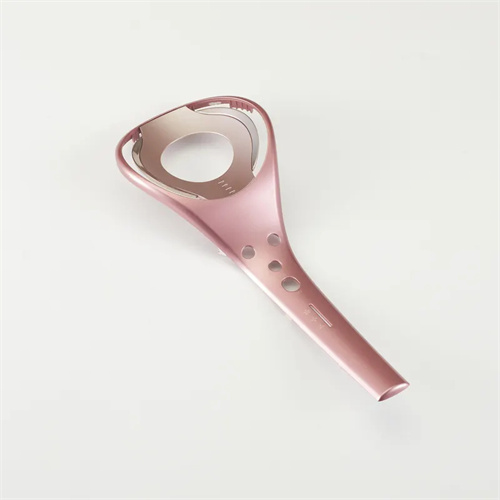Turning method of tapered hole
Tapered holes are crucial for positioning, sealing, or transmission in mechanical parts, such as spindle bores, bearing housing bores, and valve bores. Turning these holes requires consistent taper accuracy (tolerance ±0.005 mm/m), taper contact ratio (≥75%), and surface roughness (Ra ≤ 1.6 μm). These parameters directly impact part fit. Taper for tapered holes typically uses standard series (such as Morse taper, metric taper, and 1:10 taper). The difficulty in turning these holes lies in maintaining taper consistency and avoiding tool interference. Deep taper holes (depth > 2 times the diameter) are particularly prone to taper errors and surface chatter marks. For example, when machining a Morse No. 4 taper hole (taper 1:19.212), if the taper error exceeds 0.01 mm/m, the tool shank will loosen, compromising machining accuracy. Therefore, the appropriate machining method and process parameters for turning tapered holes must be selected based on the taper type, part structure, and precision requirements.

The rotating slide method is the most commonly used basic method for turning tapered holes. It is suitable for various tapers and small to medium diameter tapered holes (diameter ≤ 200mm). This method rotates the lathe slide around the center of the turntable by an angle equal to the cone half-angle (α/2), allowing the turning tool to feed along the cone generatrix, achieving conical surface machining. During operation, the rotation angle of the small slide must be calibrated using an angle ruler or template (error ≤ 5′). For example, the half-angle of a 1:10 taper, α/2, is ≈ 2°51’51”, and the angle of the small slide must be precisely adjusted to this value. Before turning, a bottom hole must be pre-drilled (with a diameter 1-2mm smaller than the small end of the tapered hole) and a 60° chamfered at the hole mouth to facilitate tool entry. During rough turning, a 0.5-1mm finish turning allowance should be left. During finish turning, a taper plug gauge should be used for inspection, and the angle of the small slide should be adjusted based on the light-transmitting gap (every 0.01mm/m error corresponds to an adjustment angle of approximately 0.00057°). A mold factory used this method to machine a 1:5 taper positioning tapered hole, increasing the contact rate from 60% to 85%, meeting precision positioning requirements.

The offset tailstock method is suitable for turning long tapered holes (depth > 300mm ) and for mass production, especially for applications with small tapers (half-angle <8° ). This method offsets the tailstock so that the workpiece's rotational axis forms an angle with the lathe spindle axis (equal to the taper half-angle), allowing the tool to feed along the axial direction to produce the tapered hole. The tailstock offset, S , is calculated as S = (Dd)/2L×L₀ ( D is the large end diameter of the tapered hole, d is the small end diameter, L is the taper length, and L₀ is the total workpiece length). For example, for a tapered hole with D = 100mm , d = 80mm , L = 500mm , and L₀ = 600mm , S = (100 - 80)/2 × 500 × 600 = 12mm . During offset, the tailstock travel should be measured with a dial indicator (accuracy ±0.01mm) to ensure equal offset on both sides (error ≤0.02mm) to avoid ovality in the taper hole. During the turning process, the large and small end diameters should be measured multiple times, and the offset should be gradually adjusted until the dimensions are acceptable. A heavy machinery plant used this method to machine a 1.2m long taper bore in a hydraulic cylinder, achieving a taper error of 0.008mm/m, meeting sealing requirements.
